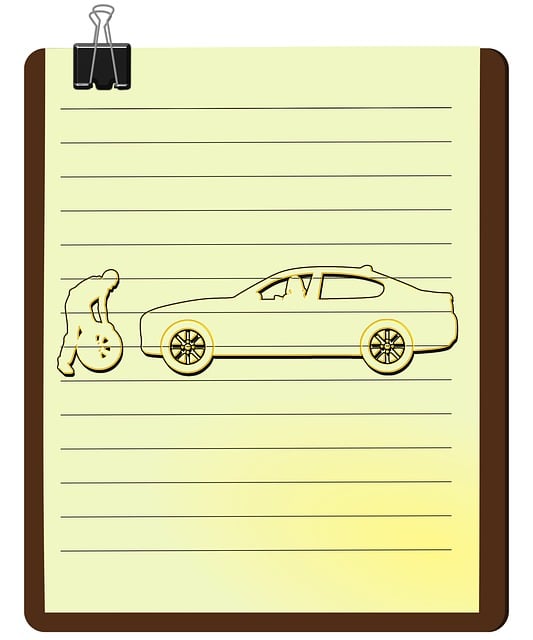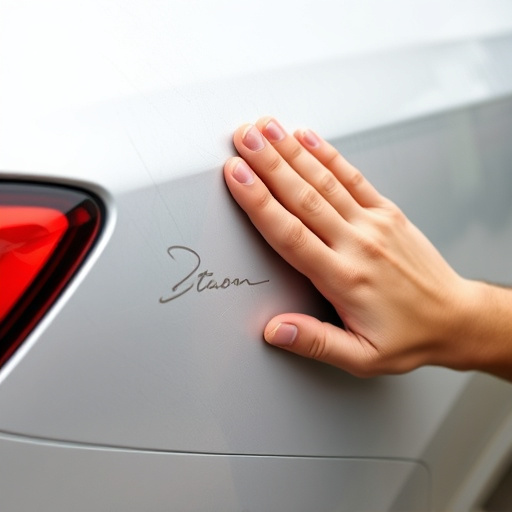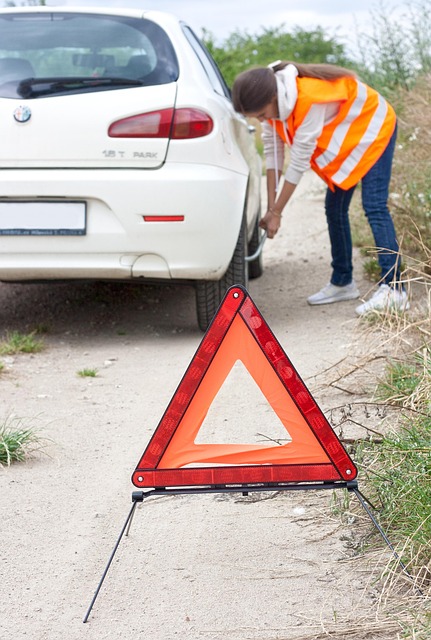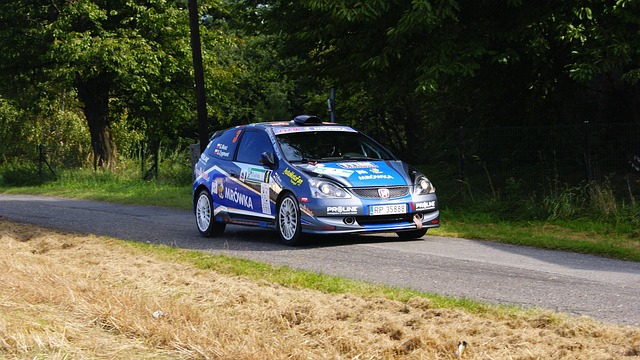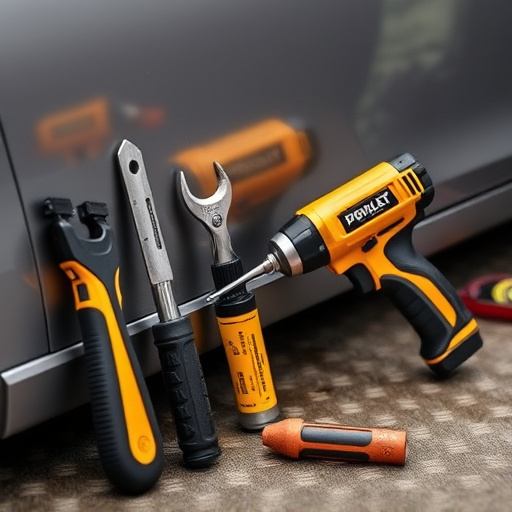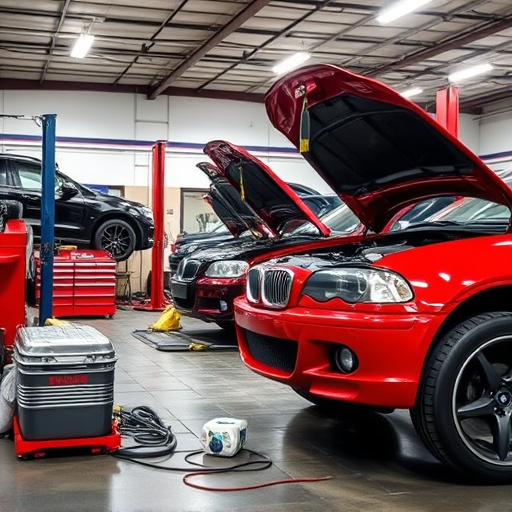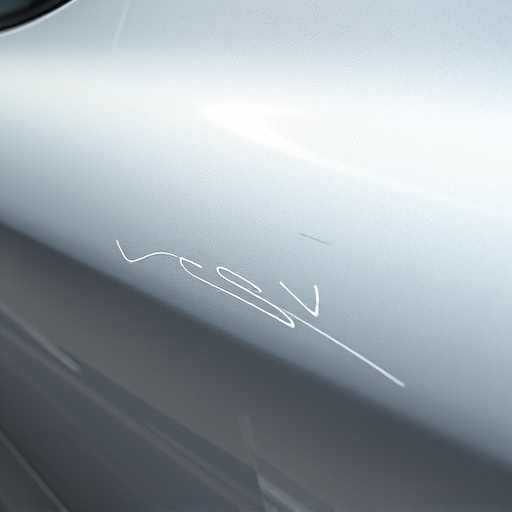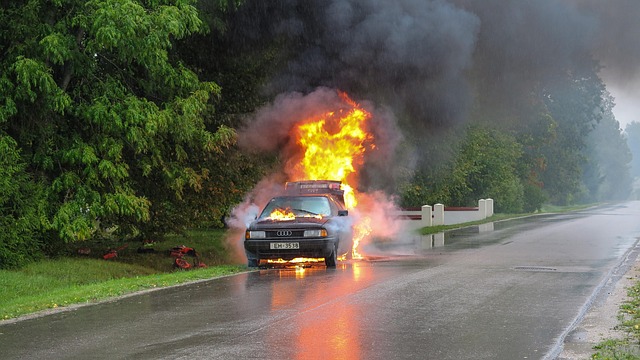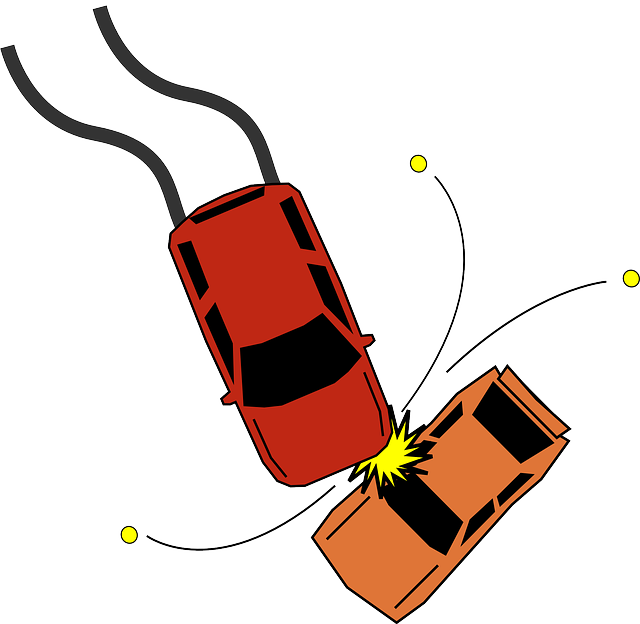Paintless Damage Repair (PDR) is a cutting-edge, non-invasive auto body service that streamlines processes, reduces costs, and expands customer base. By adopting PDR, body shops can achieve faster turnaround times, improve quality, and maintain competitive edge. Subcontracting PDR services offers specialized support but requires careful balance. To maximize efficiency, invest in specialized equipment, continuous training, digital measuring tools, dedicated work areas, and well-stocked PDR kits tailored to various vehicle makes.
In the competitive automotive repair landscape, body shops must continually optimize their operations. One emerging strategy gaining traction is PDR (Paintless Dent Repair) for body shops, offering efficient, cost-effective solutions. However, this method presents a choice between in-house PDR expertise and subcontracting options. This article delves into understanding PDR’s benefits, exploring the pros and cons of subcontracting, and providing strategies to optimize PDR operations within your body shop, ensuring you make informed decisions to stay competitive.
- Understanding PDR for Body Shops: A Comprehensive Overview
- The Pros and Cons of Subcontracting in Collision Repair
- Strategies for Optimizing PDR Operations within Your Body Shop
Understanding PDR for Body Shops: A Comprehensive Overview

PDR for body shops, or Paintless Damage Repair, is a cutting-edge technique revolutionizing auto body services. This non-invasive method allows technicians to restore damaged vehicle panels to their original condition without the need for traditional painting or extensive repairs. By utilizing specialized tools and techniques, PDR experts can effectively remove dents, scratches, and other types of damage, leaving the vehicle looking as good as new.
This comprehensive overview highlights the benefits of adopting PDR in body shops. It streamlines auto maintenance processes, reduces repair times, and minimizes costs for both businesses and customers. By mastering this skill, body shop owners can expand their service offerings, attract a wider customer base, and stay ahead of the competition in the ever-evolving landscape of vehicle repair services.
The Pros and Cons of Subcontracting in Collision Repair
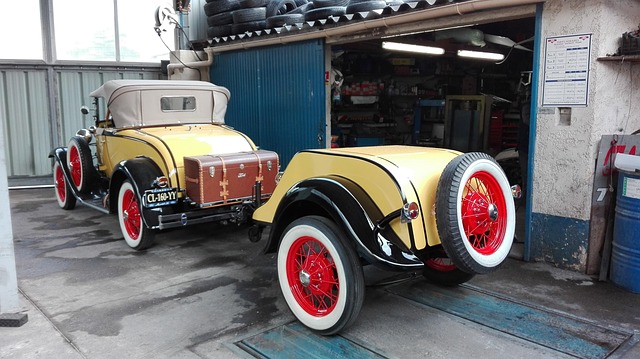
Subcontracting in collision repair involves outsourcing specific tasks or even entire jobs to third-party specialists. While this approach can offer numerous advantages for body shops, it also comes with certain drawbacks. For PDR for body shops (Paintless Dent Repair), subcontracting could mean partnering with experts specializing in intricate paint repairs, ensuring faster turnaround times and superior quality for complex auto collision repair jobs. This strategy allows body shops to focus on their core competencies while expanding their service offerings.
However, the cons include potential delays in communication and coordination between the main shop and subcontractors, as well as additional costs that may arise from managing multiple vendors. Furthermore, relying on external providers might lead to less control over the overall process and quality standards. Balancing these factors is crucial for body shops considering subcontracting options to optimize their operations, maintain high-quality vehicle paint repair, and stay competitive in the market without compromising their primary responsibilities in car body repair.
Strategies for Optimizing PDR Operations within Your Body Shop
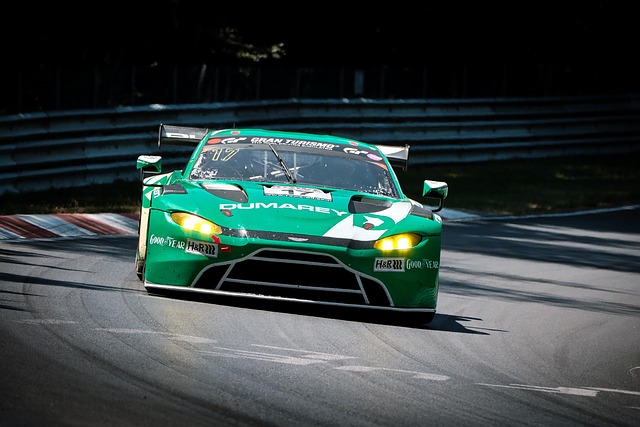
To optimize PDR (Paintless Dent Repair) operations within your body shop, begin by integrating specialized equipment and training for your team. Invest in high-quality tools designed for paintless dent removal to ensure precision and minimal damage to vehicle surfaces. Regularly update your staff on the latest techniques through workshops and certifications, fostering a culture of continuous learning. Streamline your workflow by implementing efficient processes; for instance, digital measuring tools can provide accurate estimates and improve repair speed.
Additionally, organize your shop floor to accommodate PDR-specific challenges. Design dedicated work areas with ample space for complex repairs and ensure proper lighting to facilitate detailed work. Effective inventory management is key; keep a well-stocked supply of various PDR kits tailored to different vehicle makes and models. By implementing these strategies, your body shop can enhance its PDR capabilities, attracting more customers seeking this eco-friendly and cost-effective repair alternative to conventional fender repair and automotive collision repair methods.
In conclusion, PDR for body shops offers a range of benefits, from increased efficiency and cost-effectiveness to enhanced customer satisfaction. While subcontracting can provide certain advantages, optimizing in-house PDR operations through strategic planning and tailored approaches ensures control over quality, turnaround time, and service standards. By leveraging the right tools and techniques, body shops can position themselves as leaders in the collision repair industry, delivering exceptional results that meet and exceed client expectations.



